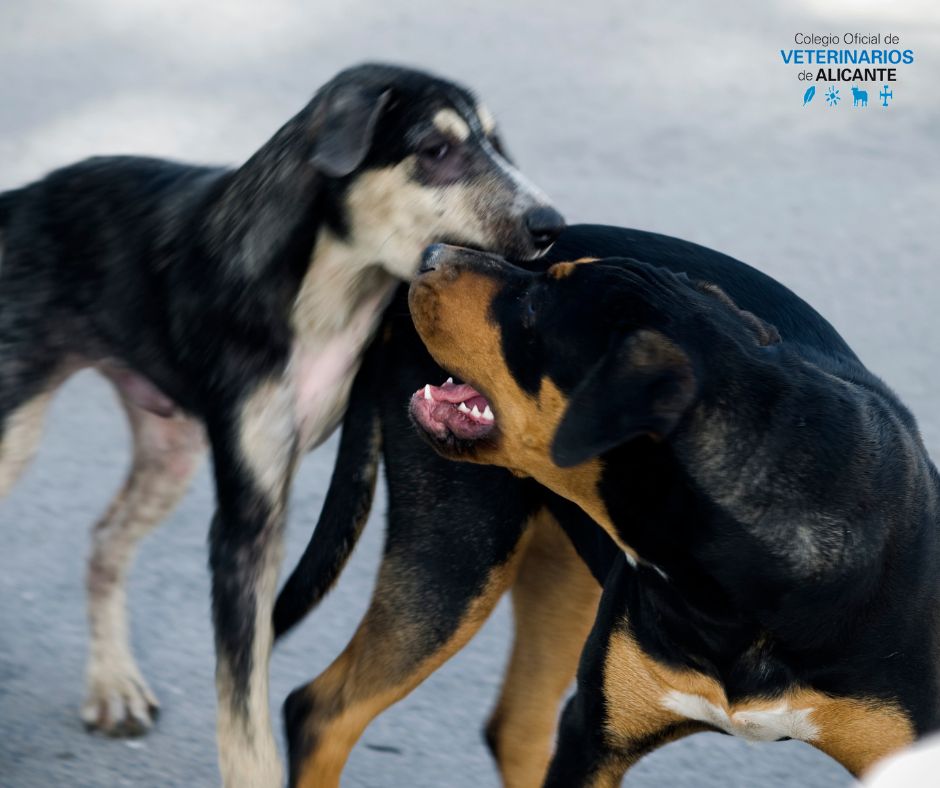

Puede dirigir sus consultas al Colegio de Veterinarios de Alicante enviando un mensaje a la siguiente dirección: secretaria@icoval.org

Rabies is a zoonosis, i.e. a disease transmitted from animals to humans. It is caused by the Lyssavirus of the Rhabdoviridae family. The disease affects the central nervous system, causing acute encephalitis (inflammation of the brain) which, once symptoms appear, is almost always fatal.
Rabies is transmitted mainly through the saliva of infected animals. The most common ways of transmission are:
After exposure to the virus, it travels through the peripheral nerves to the brain, where it multiplies rapidly, causing severe damage to the nervous system. This incubation period can vary from 1 to 3 months, but can be as short as a week or as long as a year, depending on factors such as the severity of the bite and proximity to the brain.
Rabies has two clinical forms:
In both forms, once symptoms appear, the disease progresses rapidly to death, usually within days.
In summary, although rabies is a fatal disease, it is preventable through vaccination and prompt treatment after exposure. Awareness and education about the disease are crucial to reduce the risk of infection.

Puede dirigir sus consultas al Colegio de Veterinarios de Alicante enviando un mensaje a la siguiente dirección: secretaria@icoval.org